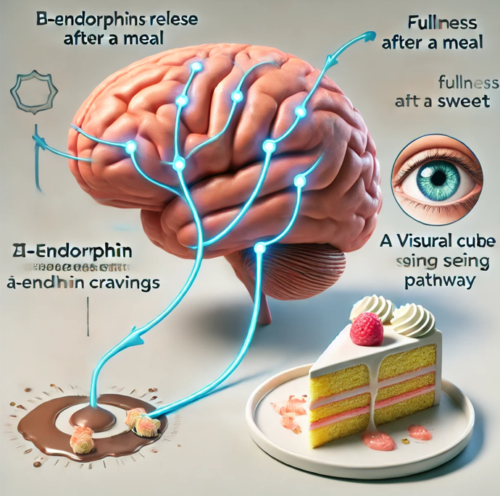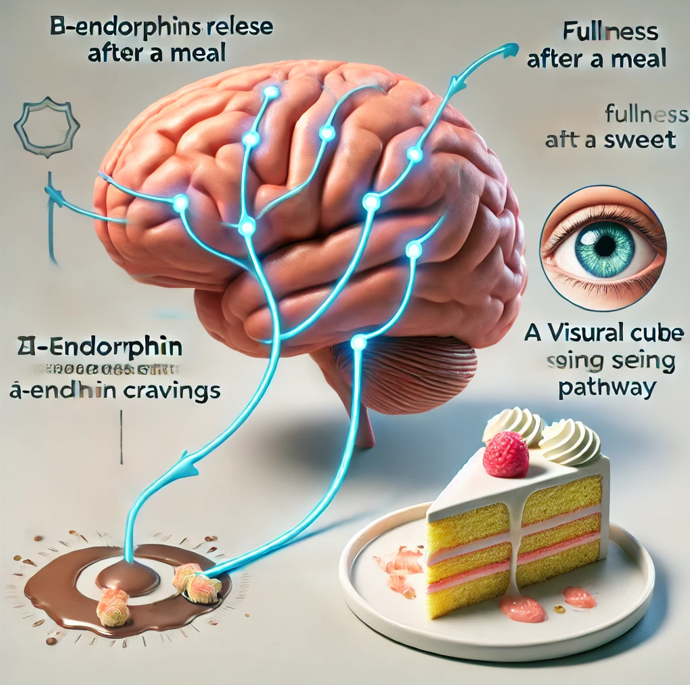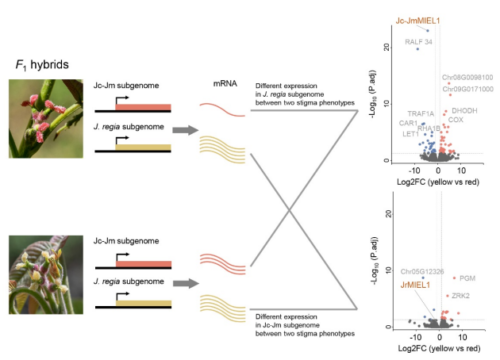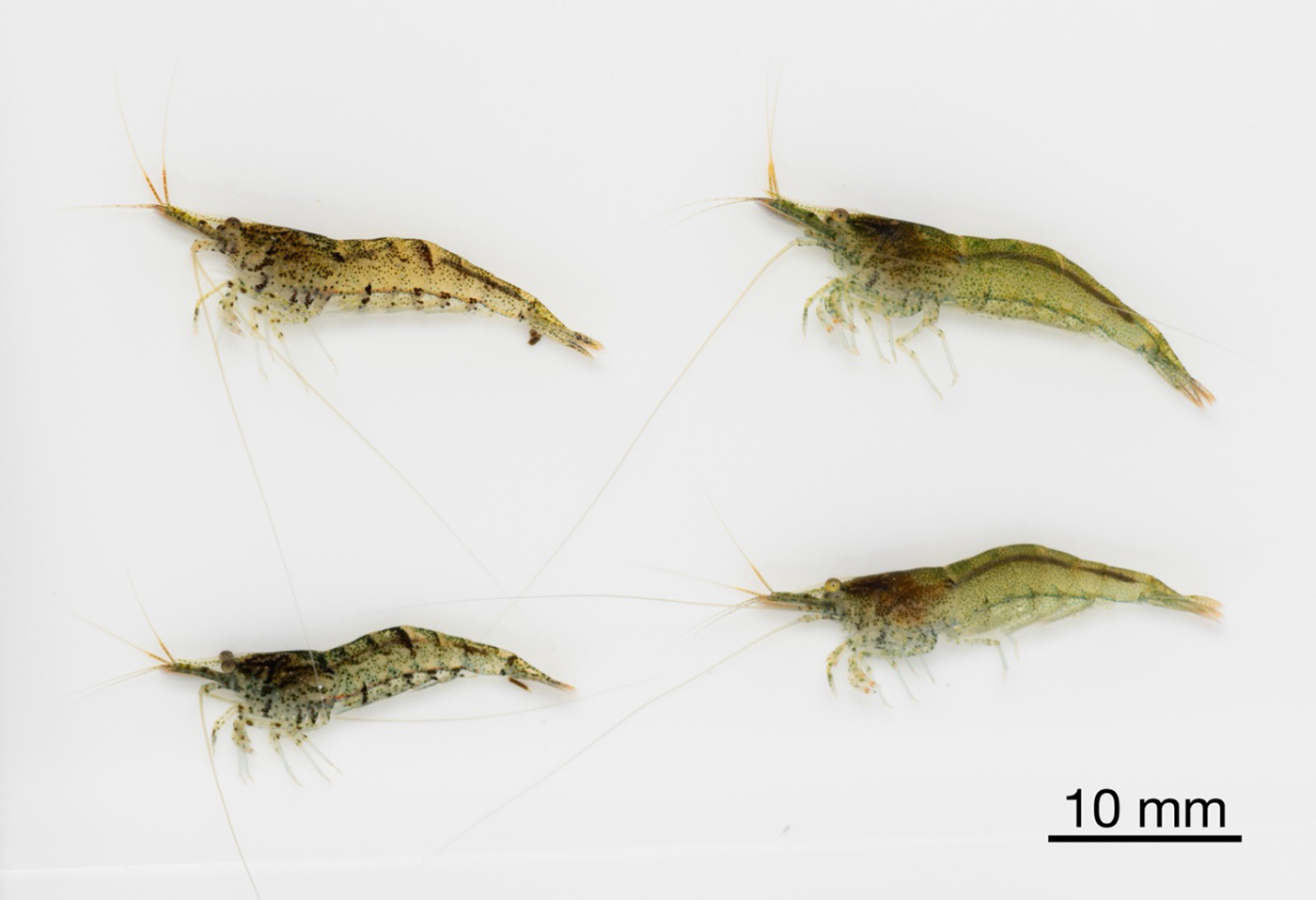2025-02-13 マックス・プランク研究所

©ma-sato@Tiisys
<関連情報>
- https://www.mpg.de/24159607/0211-neur-dessert-stomach-emerges-in-the-brain-153735-x
- https://www.science.org/doi/10.1126/science.adp1510
POMC満腹ニューロンからの視床オピオイドが砂糖の食欲にスイッチを入れる Thalamic opioids from POMC satiety neurons switch on sugar appetite
Marielle Minère, Hannah Wilhelms, Bojana Kuzmanovic, Sofia Lundh, […], and Henning Fenselau
Science Published:13 Feb 2025
Editor’s summary
Although overall food intake is attenuated when we feel sated or full, this state is associated with an increased desire to eat sweet foods such as desserts. It is unclear why sugar appetite is selectively stimulated in satiety states. Minère et al. found that pro-opiomelanocortin (POMC) neurons from the arcuate nucleus send projections to the paraventricular thalamus. Unlike most other POMC neuron projections, these do not release α-melanocyte–stimulating hormone. Rather, they produce the appetite-stimulating opioid β-endorphin, which selectively inhibits postsynaptic neurons in the paraventricular thalamus expressing µ-opioid receptors, and this drives sugar consumption in the fed state (see the Perspective by Farooqi). Blocking this opioid transmission could thus reduce sugar intake and potentially combat binge eating and obesity. —Peter Stern
Abstract
High sugar–containing foods are readily consumed, even after meals and beyond fullness sensation (e.g., as desserts). Although reward-driven processing of palatable foods can promote overeating, the neurobiological mechanisms that underlie the selective appetite for sugar in states of satiety remain unclear. Hypothalamic pro-opiomelanocortin (POMC) neurons are principal regulators of satiety because they decrease food intake through excitatory melanocortin neuropeptides. We discovered that POMC neurons not only promote satiety in fed conditions but concomitantly switch on sugar appetite, which drives overconsumption. POMC neuron projections to the paraventricular thalamus selectively inhibited postsynaptic neurons through mu-opioid receptor signaling. This opioid circuit was strongly activated during sugar consumption, which was most notable in satiety states. Correspondingly, inhibiting its activity diminished high-sugar diet intake in sated mice.



